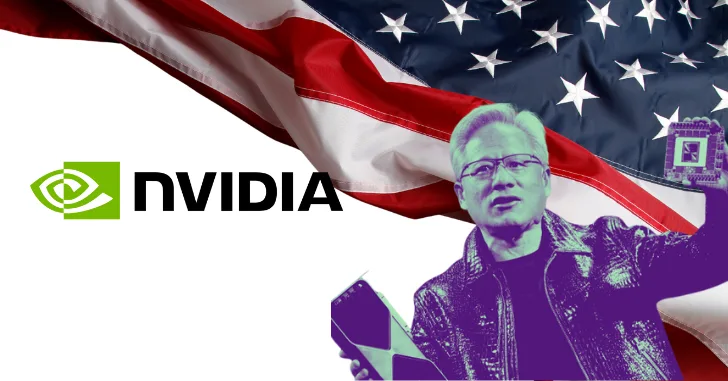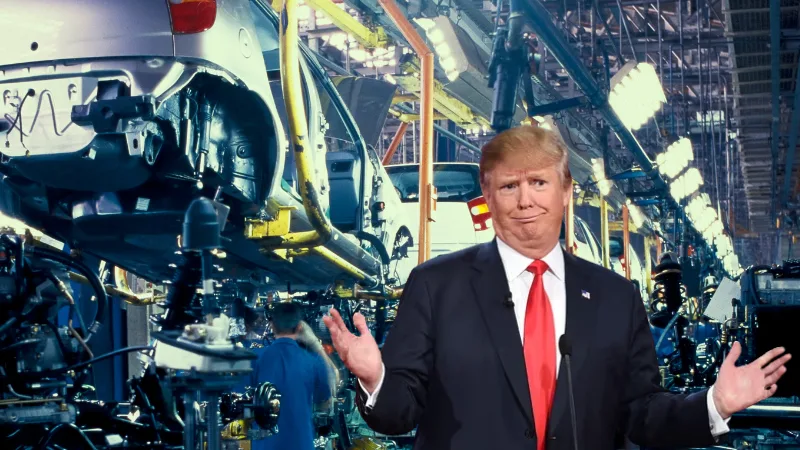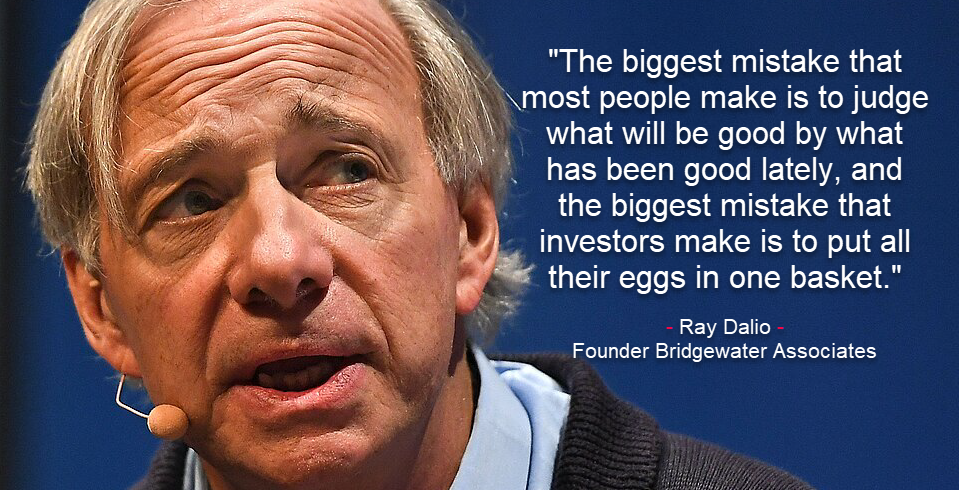Nvidia’s latest manufacturing announcement isn’t just about chips — it’s about reshaping the future of artificial intelligence and America’s role in it. On April 14, 2025, Nvidia unveiled an ambitious $500 billion plan to build AI chips and supercomputers in the United States. With full-throated support from President Donald Trump, who promised to fast-track all necessary permits, this announcement marks a pivotal shift in U.S. tech strategy and global semiconductor geopolitics.
The Announcement: A $500 Billion Domestic Manufacturing Push
Nvidia CEO Jensen Huang revealed plans to invest up to $500 billion over the next four years in American manufacturing. The initiative focuses on building:
- AI supercomputers
- Next-generation Blackwell AI chips
- Domestic chip packaging and testing infrastructure
Key Facilities and Partnerships
The production of Nvidia’s powerful new Blackwell AI chips will take place at TSMC’s fabrication plant in Phoenix, Arizona. TSMC, the world’s top contract chipmaker, is a critical partner in this initiative, and its Arizona plant is seen as a linchpin in reducing dependency on Asian semiconductor production.
Additionally, Nvidia is partnering with Foxconn and Wistron to develop supercomputer manufacturing hubs in Texas — specifically Houston and Dallas. These facilities are expected to go live within 12 to 15 months, with full-scale production ramping up shortly after.
To handle packaging and testing, Nvidia has also tapped Amkor Technology and Siliconware Precision Industries (SPIL), both of which are expanding operations in Arizona.
Trump’s Role: Permits Fast-Tracked Under “Golden Age of America”
President Donald Trump, during a rally and on social media, hailed Nvidia’s investment as a landmark achievement. He committed that his administration would expedite every necessary permit and ensure that government regulations would not delay construction or production.
Trump framed Nvidia and AMD (another American AI chipmaker) as “Golden Age AI titans” and claimed that these projects represent the beginning of a new era of American technological dominance. According to Trump, the return of chip manufacturing to U.S. soil is not just economic policy—it’s national strategy.
This pro-manufacturing stance aligns with other recent moves from the Trump administration, including a proposed tariff on imported semiconductors and electronic components. By making overseas chip imports more expensive, the administration is creating incentives for tech giants to manufacture domestically.
Why This Is a Game-Changer for the U.S. Economy and Tech Sector
1. National Security and Supply Chain Resilience
The COVID-era supply chain crunch, followed by escalating U.S.-China tensions, exposed the vulnerabilities of relying heavily on foreign-made chips. Nvidia’s move enhances the U.S.’s technological self-sufficiency, particularly in mission-critical areas like AI and defense.
2. AI Infrastructure Boom
AI infrastructure—especially GPUs and supercomputing systems—will be the backbone of future innovation in:
- Autonomous driving
- Robotics
- Biotechnology
- Military systems
- Financial modeling
- Large Language Models (LLMs)
Nvidia’s domestic facilities will ensure stable and fast access to this infrastructure, giving American firms a competitive edge.
3. Economic Stimulus and Job Creation
The scale of Nvidia’s plan will create tens of thousands of high-paying jobs across construction, engineering, and technical operations. Texas and Arizona, already strong tech hubs, are expected to see a boost in local economies.
According to recent estimates by the Semiconductor Industry Association (SIA), every $1 billion in semiconductor investment creates 6,000+ direct jobs and tens of thousands more in the broader ecosystem.
What This Means for Investors
This announcement isn’t just about Nvidia stock—it’s about entire sectors that will benefit from this massive reshoring effort. Here’s how investors can use this news to their advantage:
1. Nvidia (NASDAQ: NVDA)
Nvidia remains the global leader in AI chips, with over 80% market share in data center GPUs. Despite its recent meteoric rise, this new domestic expansion could support further long-term growth, especially with government support and rising demand for AI infrastructure.
Investor takeaway: Long-term bullish. Watch for any near-term dips as potential buying opportunities.
2. TSMC (NYSE: TSM)
As the fab partner for Nvidia’s Blackwell chips, TSMC’s Arizona operations will benefit from stable long-term demand. Although a Taiwanese company, its U.S. investments are now more critical than ever.
Investor takeaway: Consider U.S.-based ETFs with TSMC exposure or direct investment, especially if Taiwan-related geopolitical risks rise.
3. Foxconn & Wistron (OTC or International Markets)
Both firms stand to benefit significantly from contracts related to Nvidia’s supercomputer assembly. U.S.-listed ADRs or global ETFs with large-cap Taiwan or manufacturing exposure may benefit.
Investor takeaway: Look for supply chain ETFs with exposure to electronics manufacturing services (EMS).
4. Amkor Technology (NASDAQ: AMKR)
Amkor, headquartered in Arizona, is a direct partner for chip packaging. It stands to gain from both Nvidia’s buildout and the broader CHIPS Act incentives.
Investor takeaway: Amkor is a mid-cap play with high growth potential, especially as the U.S. seeks to expand its back-end semiconductor capacity.
5. Construction and Engineering Firms
Large-scale facilities require skilled labor and specialized engineering. Companies like Jacobs Engineering (NYSE: J) and Fluor Corporation (NYSE: FLR) may see increased demand from tech infrastructure projects.
Investor takeaway: Infrastructure-focused funds and industrial ETFs could benefit.
Geopolitical Implications: The U.S.-China Tech Cold War
Nvidia’s move—and Trump’s response—must be viewed through the lens of the broader U.S.-China technological competition. China has been racing to develop homegrown AI chips to reduce dependence on American semiconductors. In retaliation, the U.S. has tightened export controls on advanced chips and chipmaking tools.
Now, with Nvidia bringing key production stateside, the message to Beijing is clear: America wants to dominate AI, not just participate in it.
This tech reshoring strategy may also trigger further retaliatory tariffs, supply chain reconfigurations, or even export bans from China on rare earth elements critical to chip manufacturing.
What Could Go Wrong?
While the plan is bold, it’s not without risks:
- Execution delays: Large-scale construction often runs into delays, especially with regulatory hurdles or supply chain snags.
- Global recession risks: If the global economy slows, demand for AI infrastructure may temporarily decline.
- Rising costs: U.S. manufacturing is significantly more expensive than overseas alternatives. Margins may tighten unless passed to consumers.
- Political risks: A future administration could roll back fast-tracking policies, altering the regulatory climate.
This Isn’t Just a Nvidia Story — It’s an American Story
Nvidia’s $500 billion bet on the U.S. isn’t just about chips—it’s a signal of a broader economic and political transformation. Between Trump’s fast-tracked permits and the reshoring wave, we may be witnessing a turning point in how America approaches innovation, security, and industrial policy.
For investors, this creates opportunities across AI, semiconductors, infrastructure, and defense tech. Whether you’re a long-term growth investor, ETF holder, or options trader, the Nvidia announcement offers a roadmap of where capital—and power—is headed in the 2020s.





